
Bird Walk at Bhoj Wetland, Bhopal
- Bhopal
- 6 July, 2025
- Kritalee Chindarkar
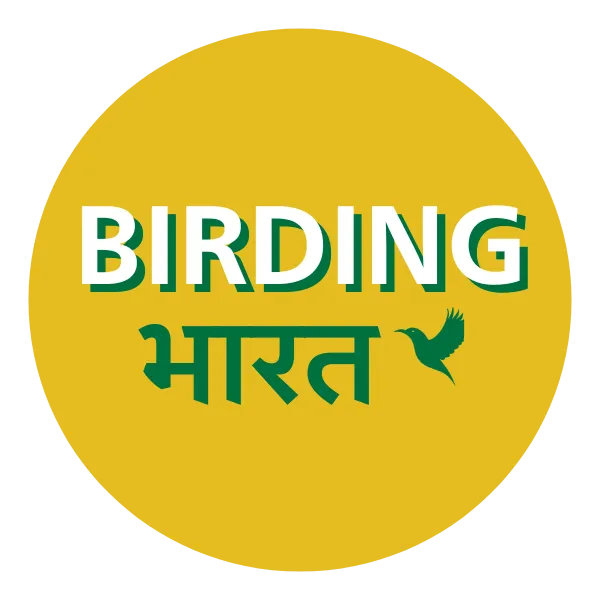
About Bhoj Wetland, Bhopal
Bhoj Wetland, also known as Bhojtal (Upper Lake) and the adjoining Lower Lake, lies on the western side of Bhopal, Madhya Pradesh. Created in the 11th century by Raja Bhoj and later expanded around 1794, this twin-lake system spans approximately 32 km² and drains a catchment of roughly 361 km², much of which is rural with increasing urban pressures.
This dynamic habitat sustains over 238 bird species, including migratory ducks, storks, and cranes, and serves as a critical water source for nearly half of Bhopal’s population. Acting as a natural buffer, Bhoj Wetland plays a key role in flood control, groundwater recharge, and microclimate regulation in the urban ecosystem. Despite rising threats from encroachment, untreated sewage, and siltation, this Ramsar site remains a vital refuge for biodiversity and offers a living example of how urban and ecological priorities can converge in a shared landscape.
Partnered with


Bird Guide: Kritalee Chindarkar
She is the Founder of the Tarang Eco Tours where they organize nature trails and camps focused on sustainable tourism and to create environmental awareness among people.
Bird walk Location
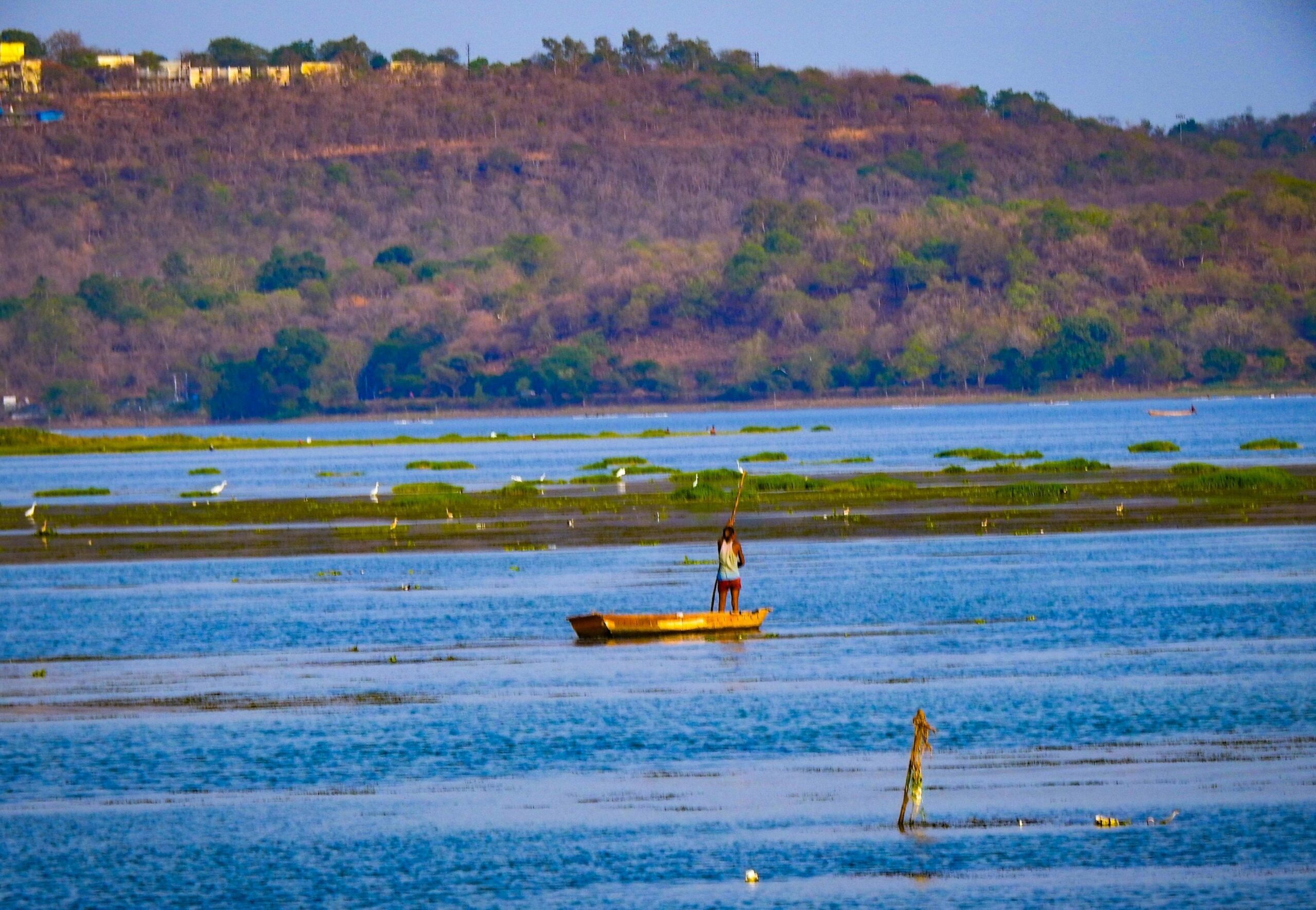
Common birds of Bhoj Wetland
Wetland hosts a vibrant assemblage of waterbirds and terrestrial species, reflecting its ecological richness. Among the most frequently observed birds are the Lesser Whistling-Duck, Little Egret, Red-wattled Lapwing, and Black-winged Stilt, all of which favor the lake’s marshy edges and open waters. Waders like the Eastern Cattle Egret, Pheasant-tailed Jacana, and Bronze-winged Jacana add to the wetland’s dynamic birdscape, alongside the elegant River Tern, Indian Spot-billed Duck, and Gray-headed Swamphen.
On the fringes of the wetland, scrub and agricultural zones attract species such as the Paddyfield Pipit, Large Gray Babbler, Indian Pied Starling, Common Woodshrike, and Oriental Magpie-Robin. The presence of forest-edge birds like the Yellow-throated Sparrow, Brahminy Starling, Black Drongo, and Indian Paradise-Flycatcher underlines the habitat mosaic of the region. With occasional sightings of Sarus Crane, Asian Openbill, and Eurasian Spoonbill, Bhoj Wetland remains an important refuge for both common and near-threatened bird species across seasons.
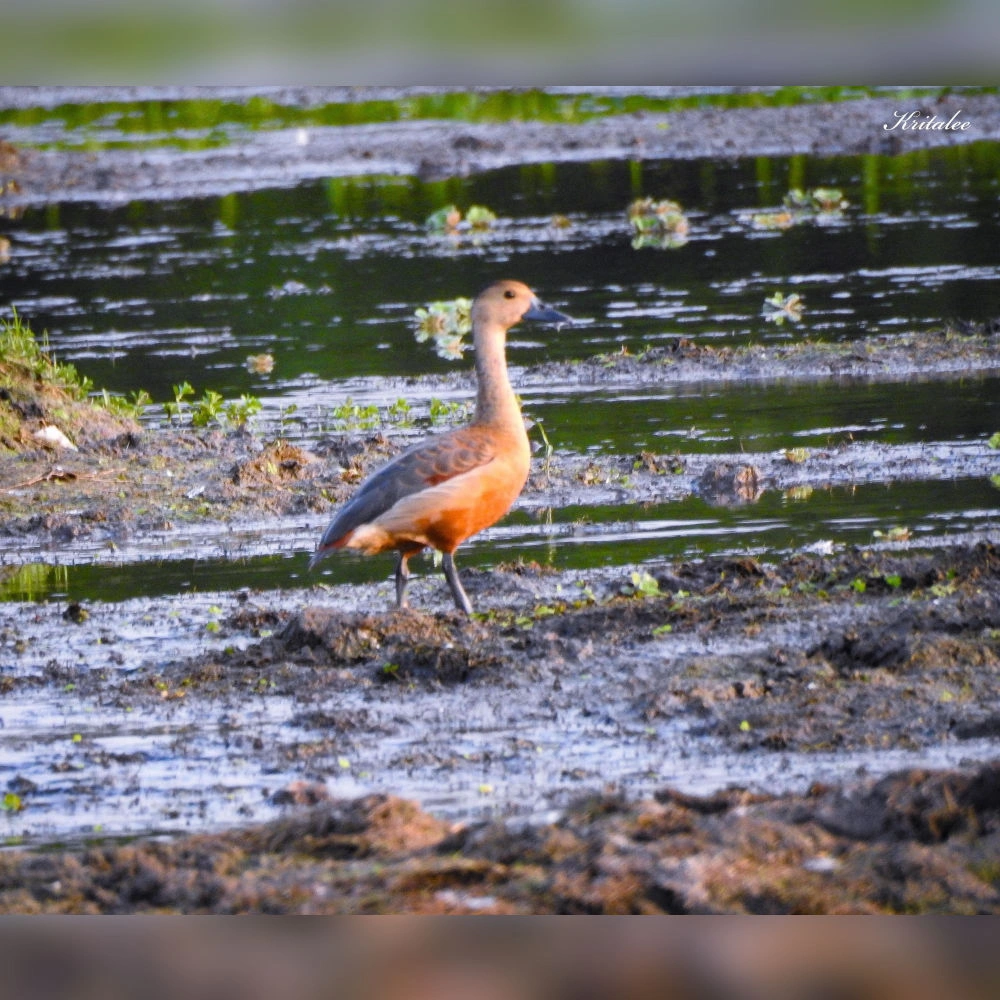
Lesser-whistling Duck
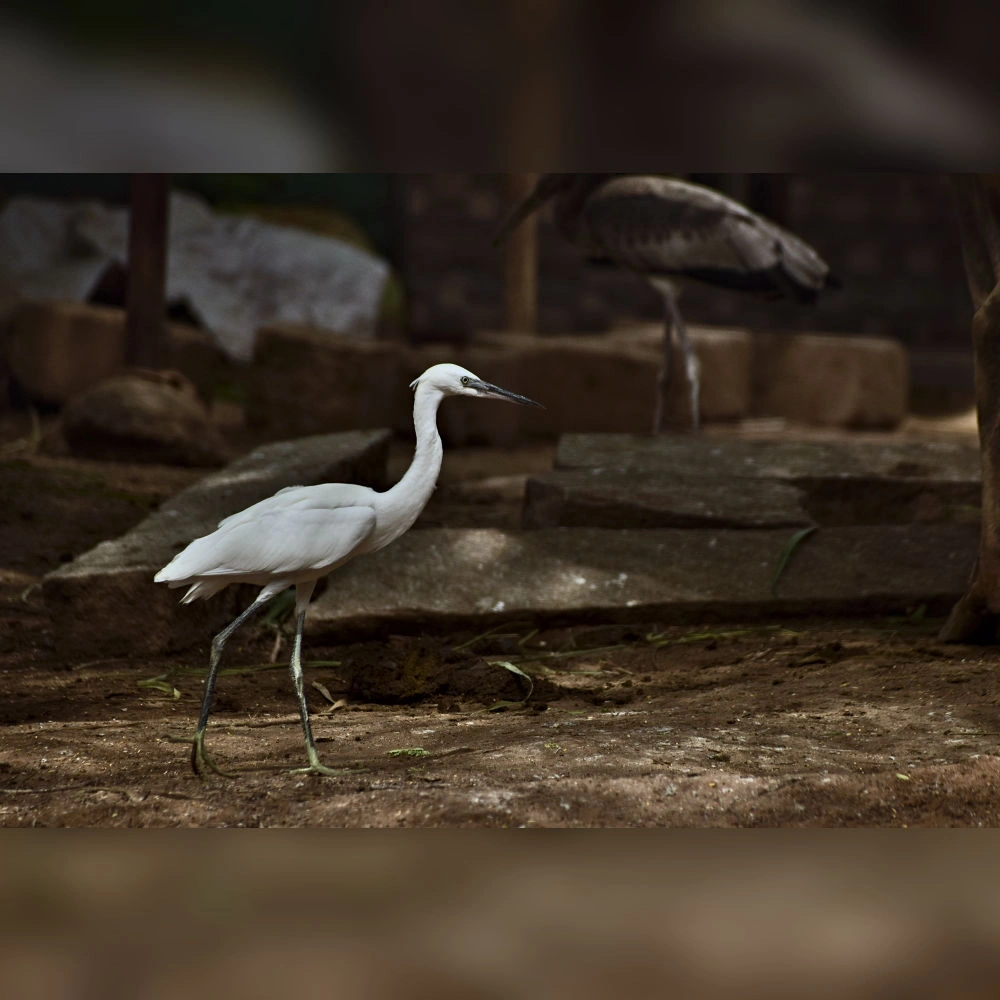
Little Egret
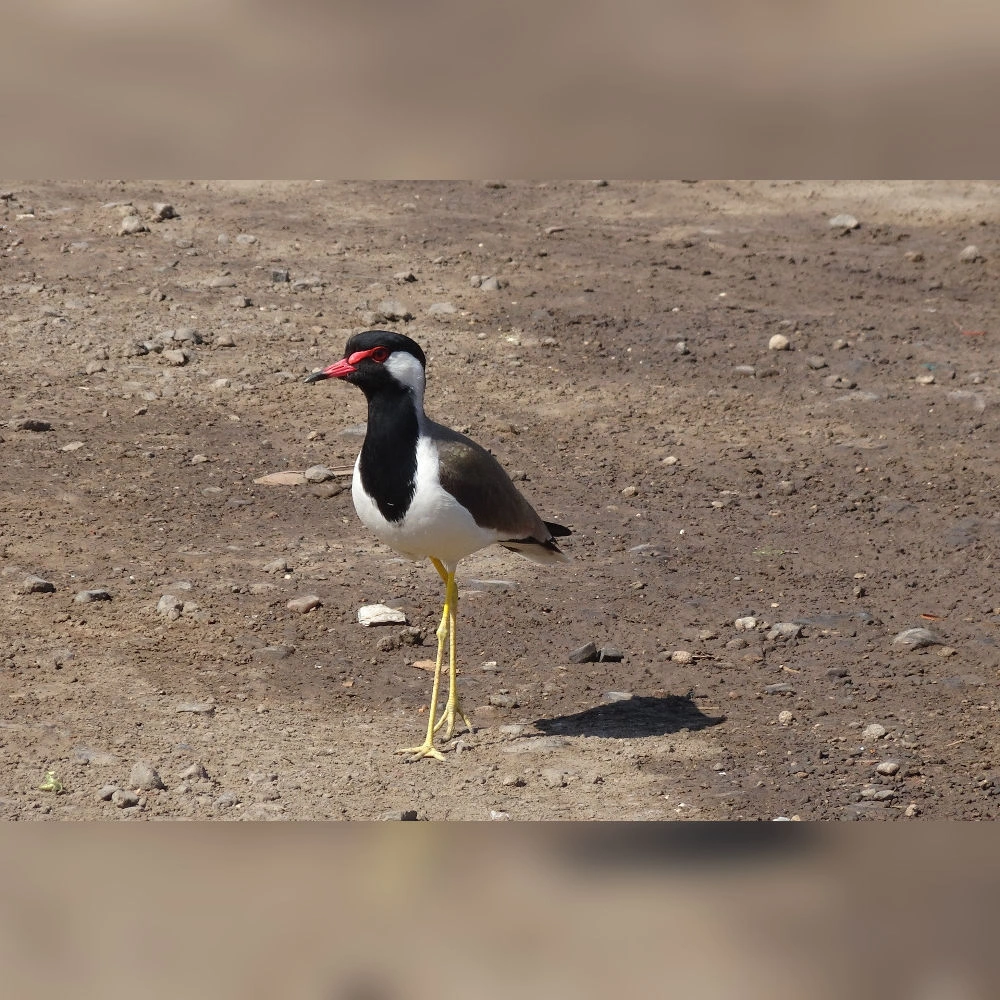
Red-wattled Lapwing
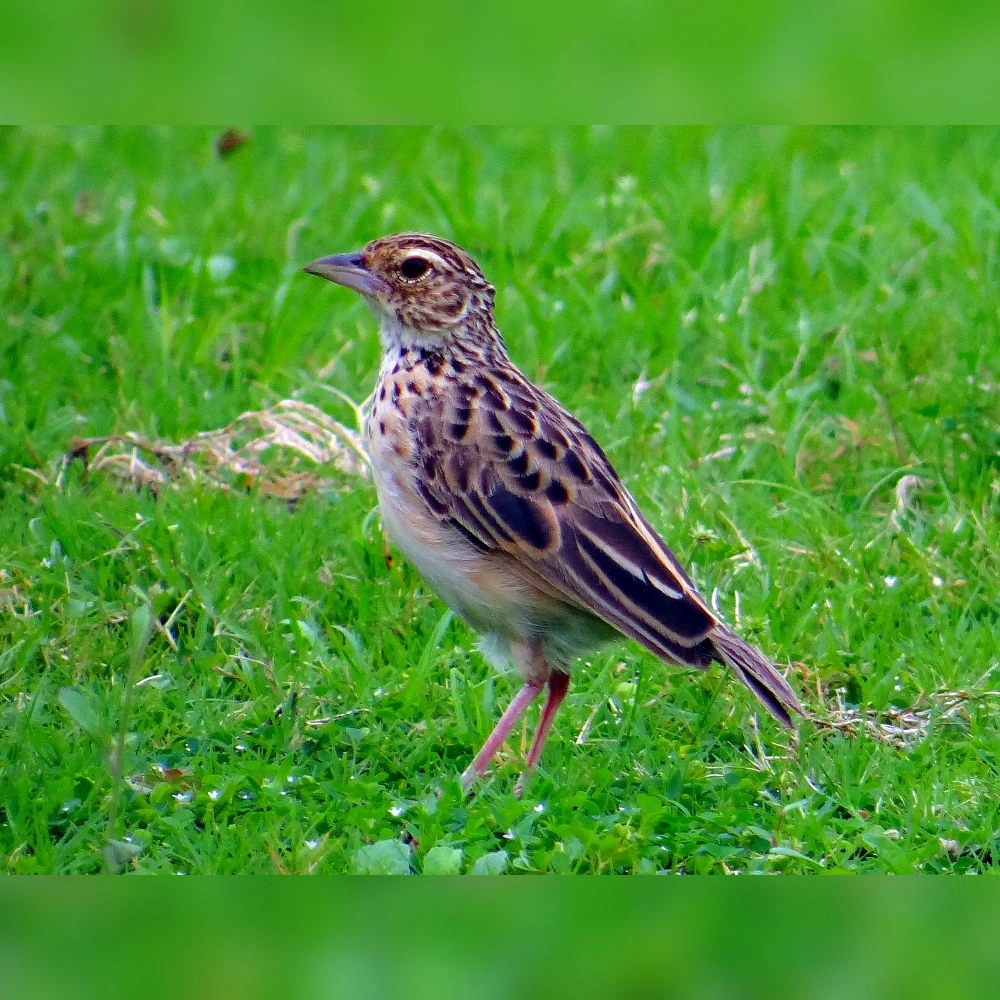
Paddyfield Pipit
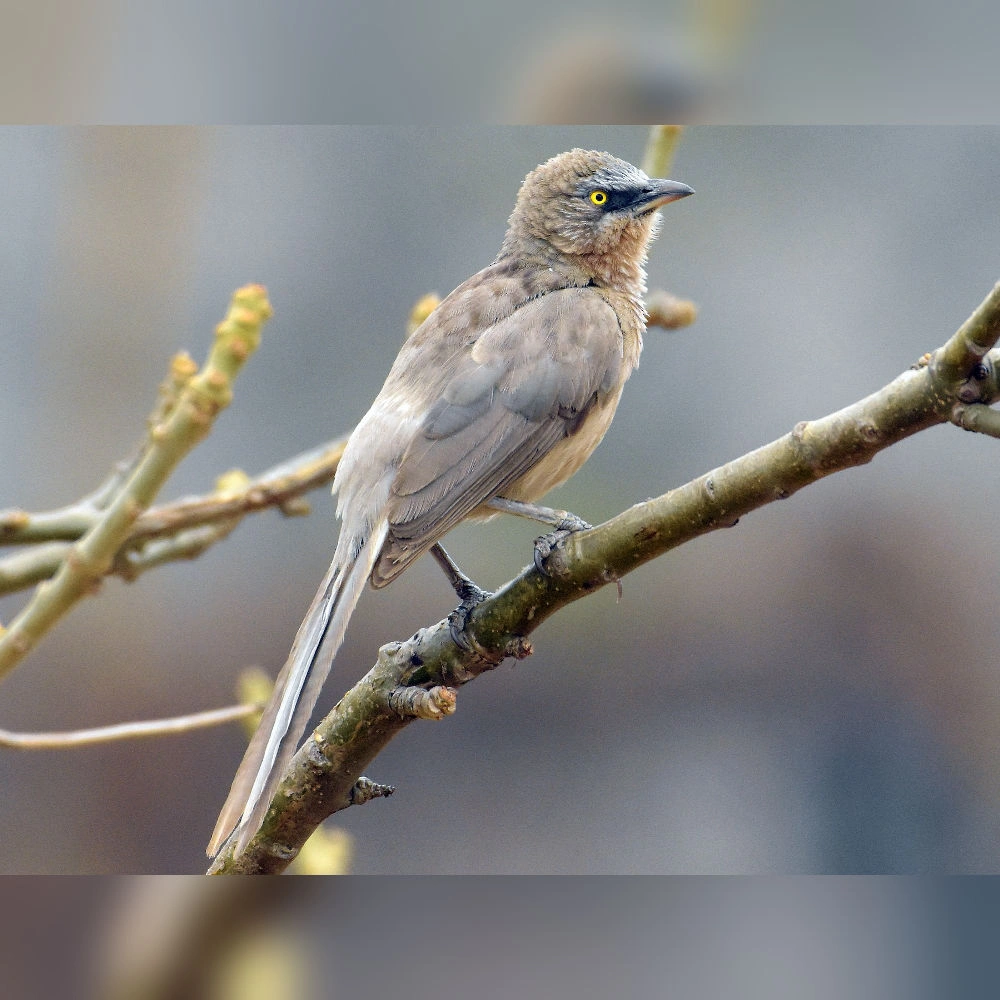
Large Grey Babbler
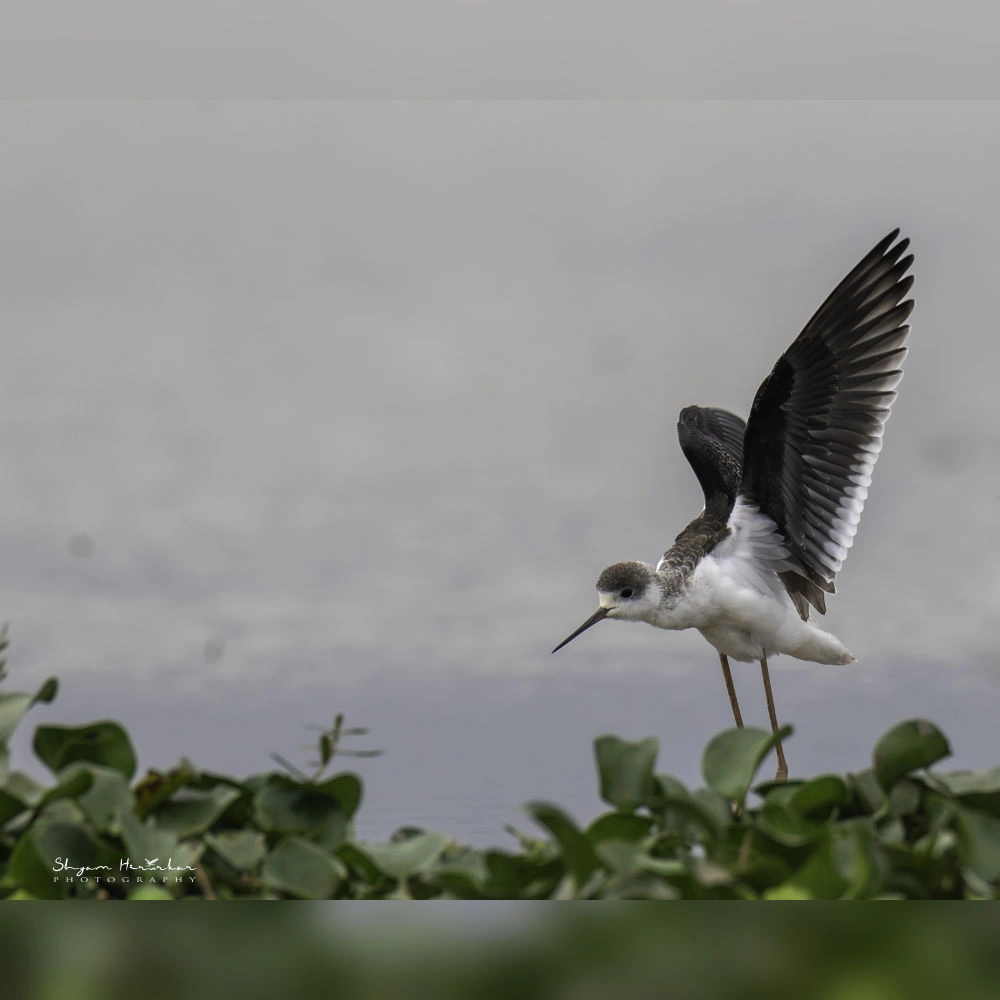
Black-winged Stilt
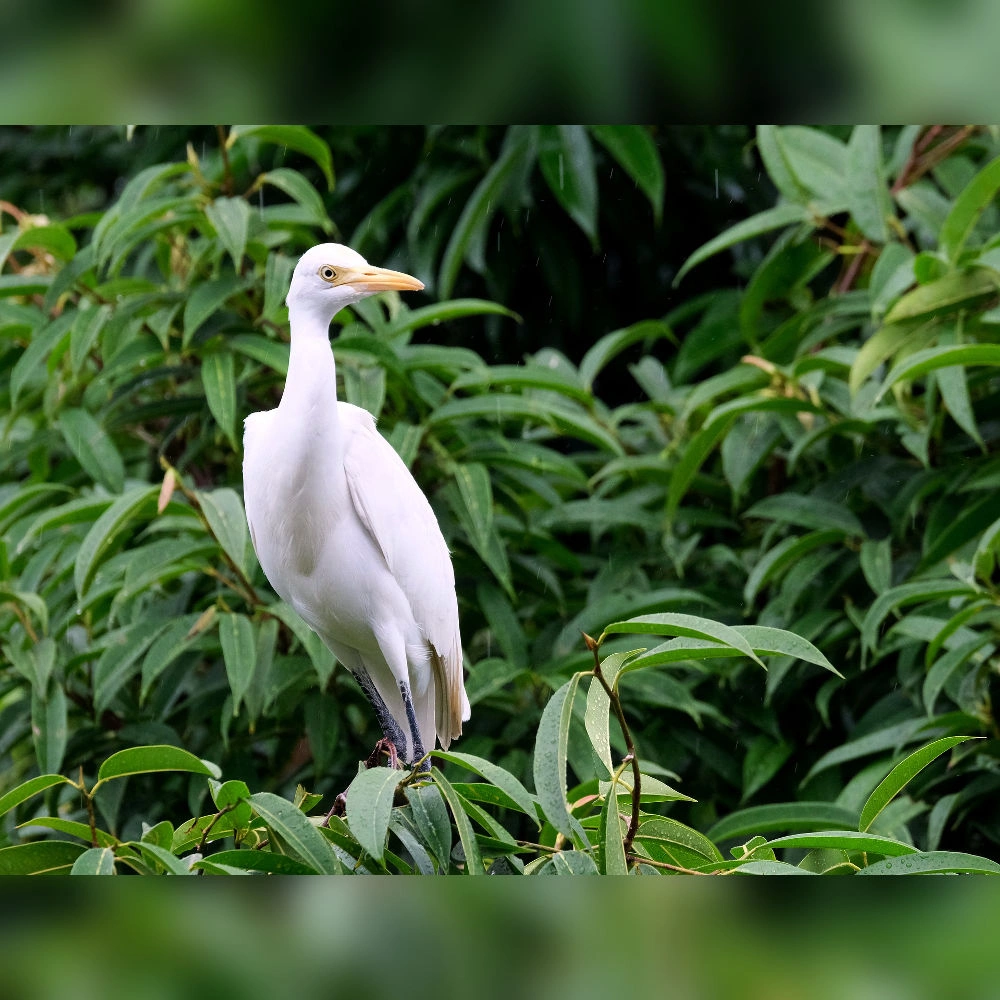
Eastern Cattle Egret
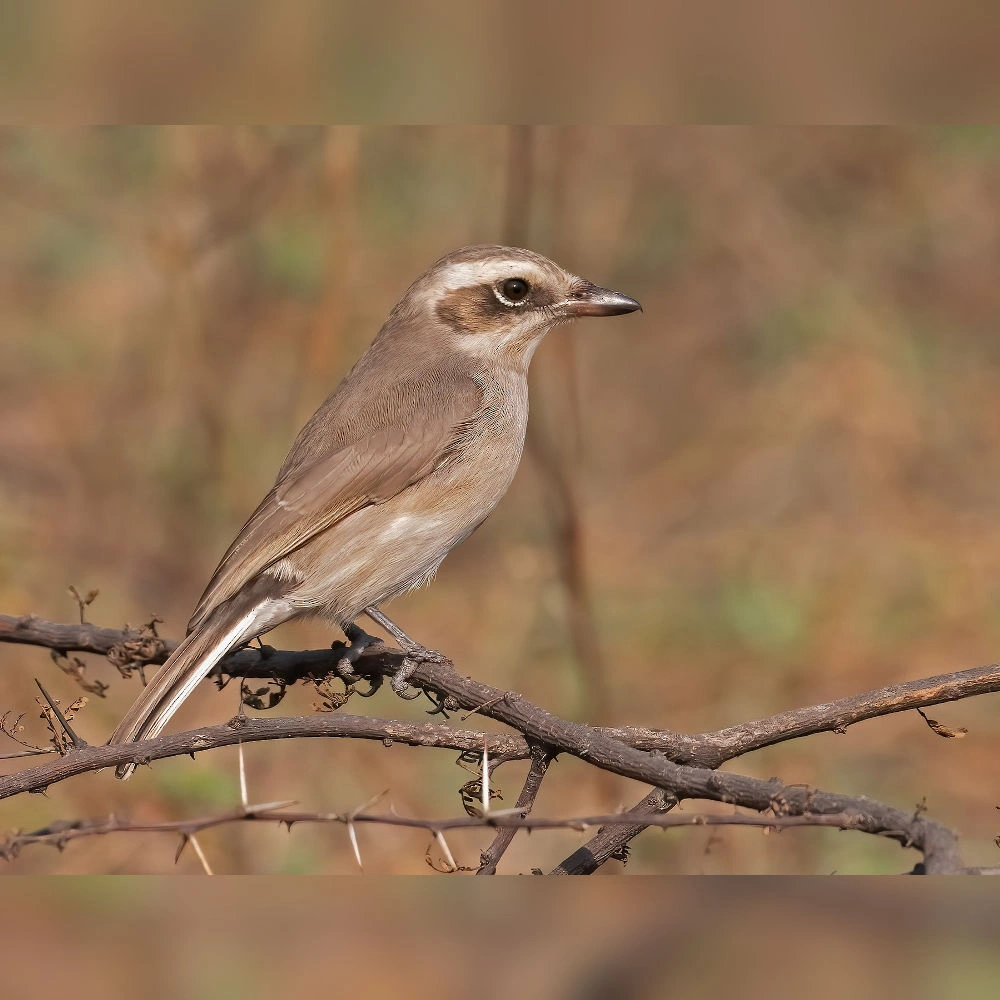
Common Woodshrike
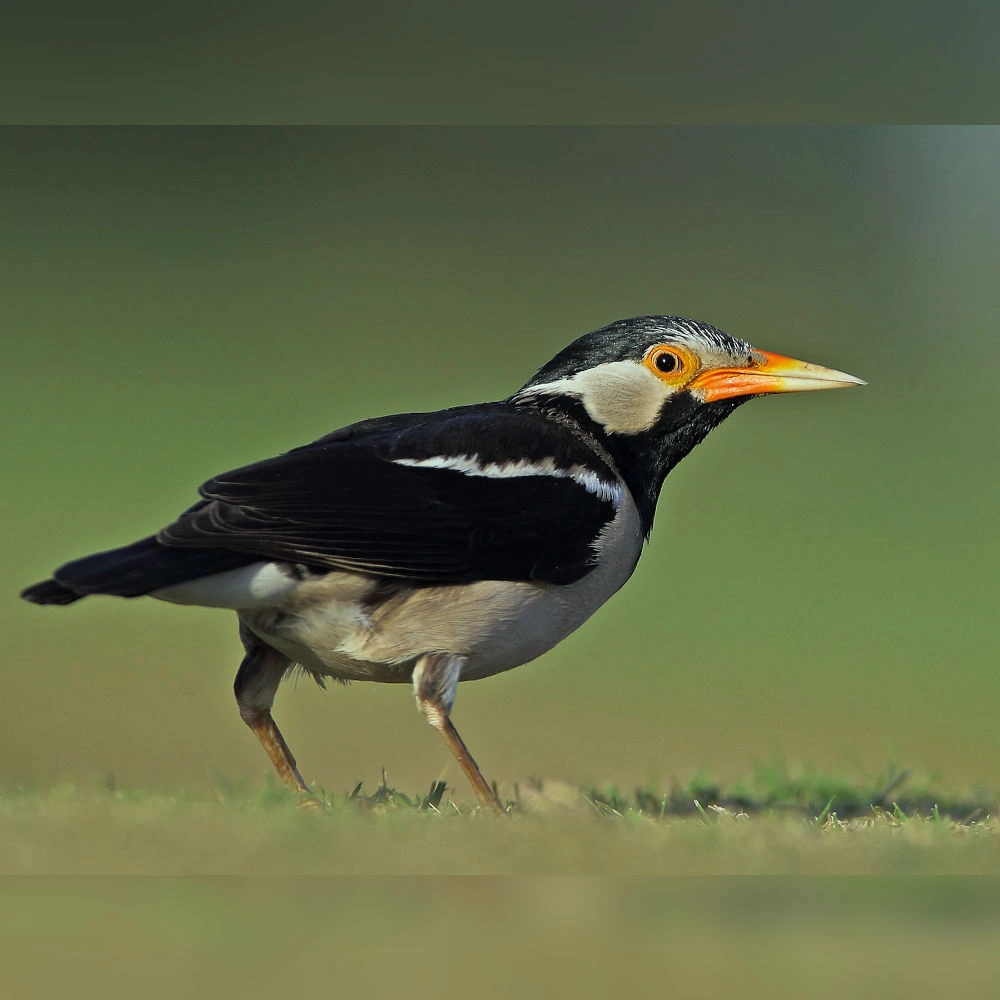
Indian Pied Starling
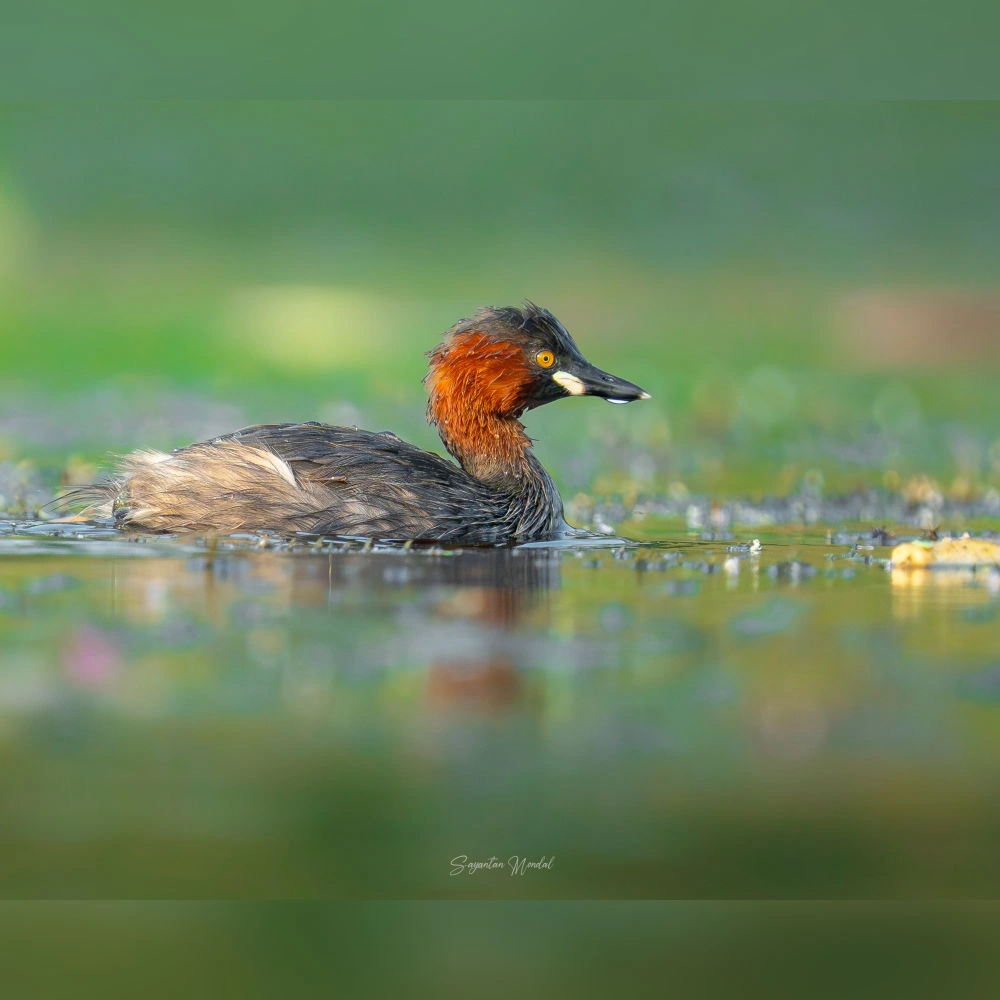
Little Grebe

Jungle Babbler
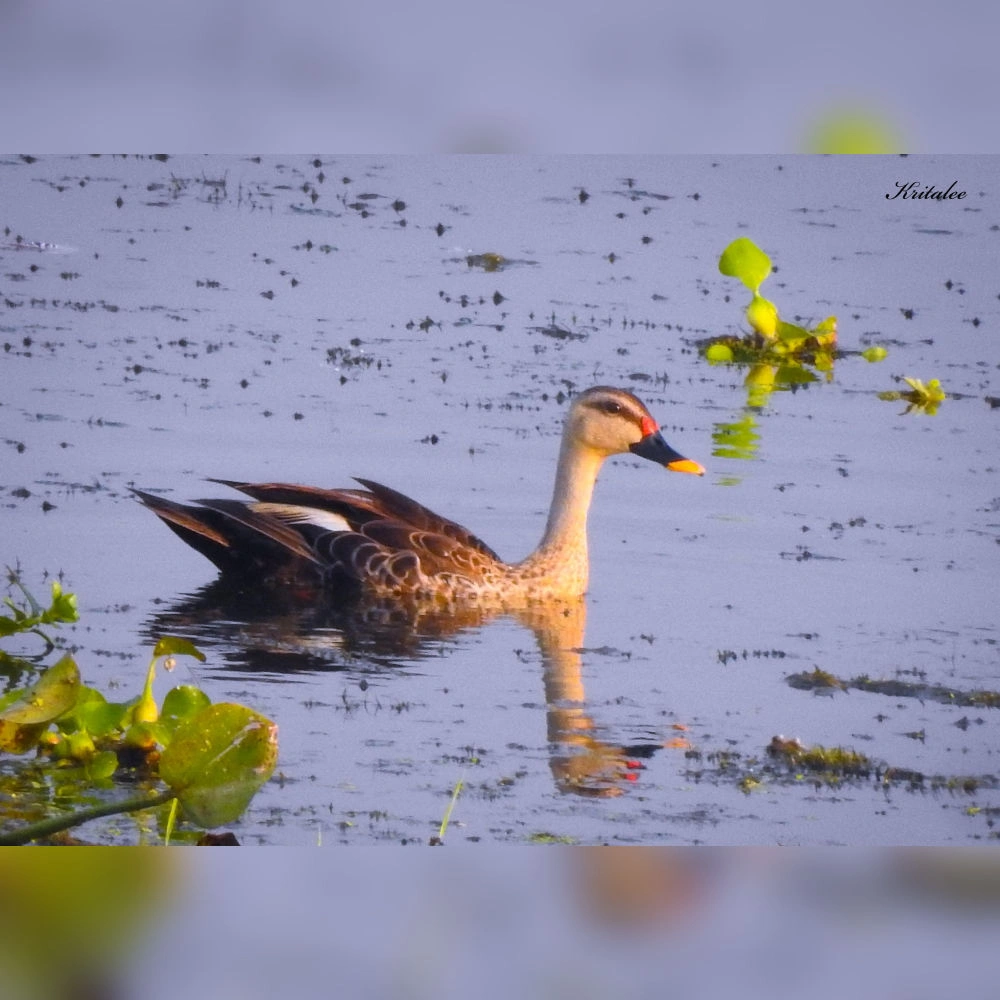
Indian Spot-billed Duck
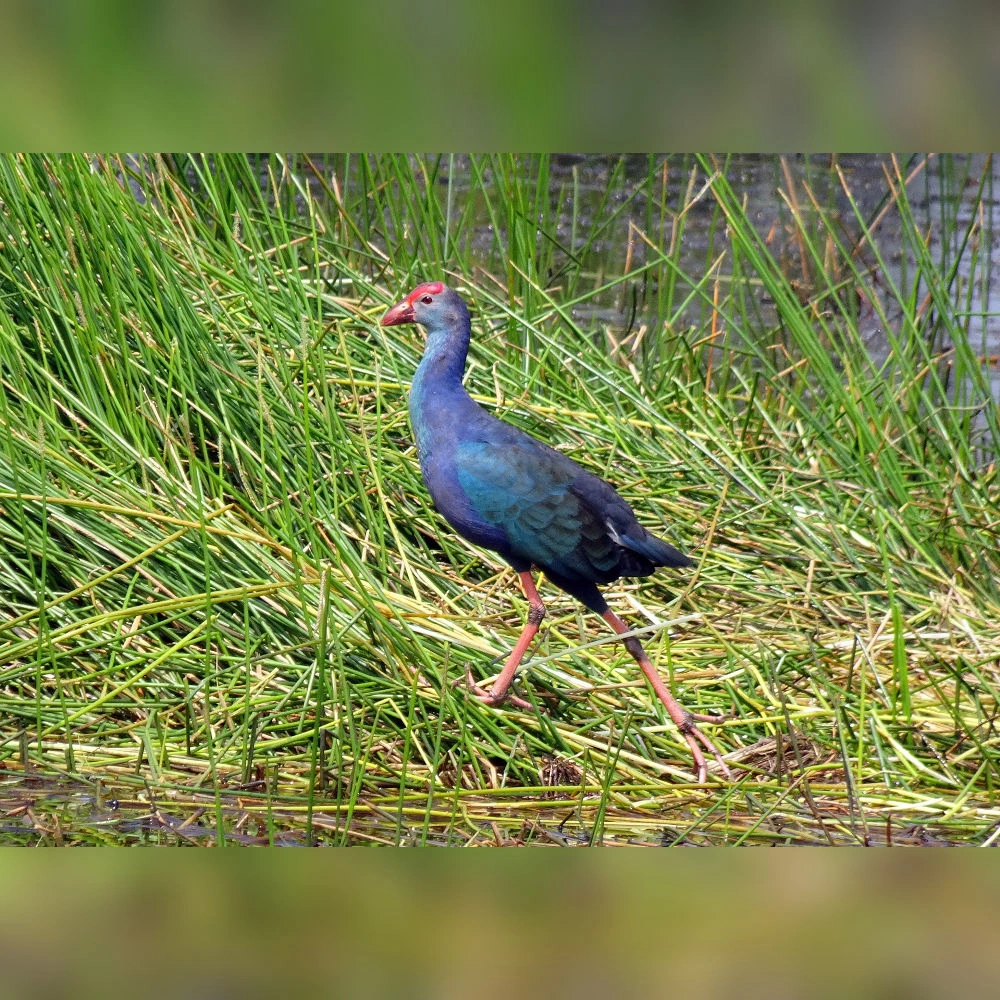
Grey-headed Swamphen
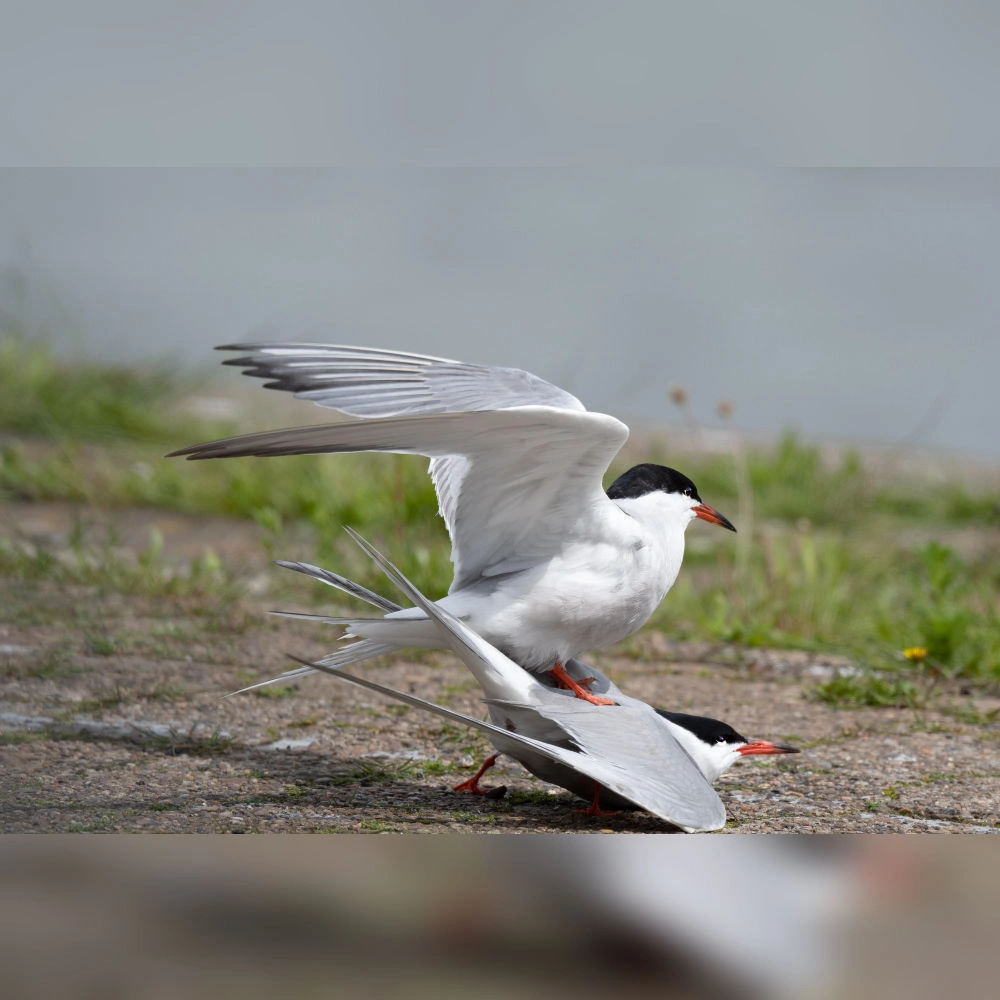
River Tern

Wire-tailed Swallow
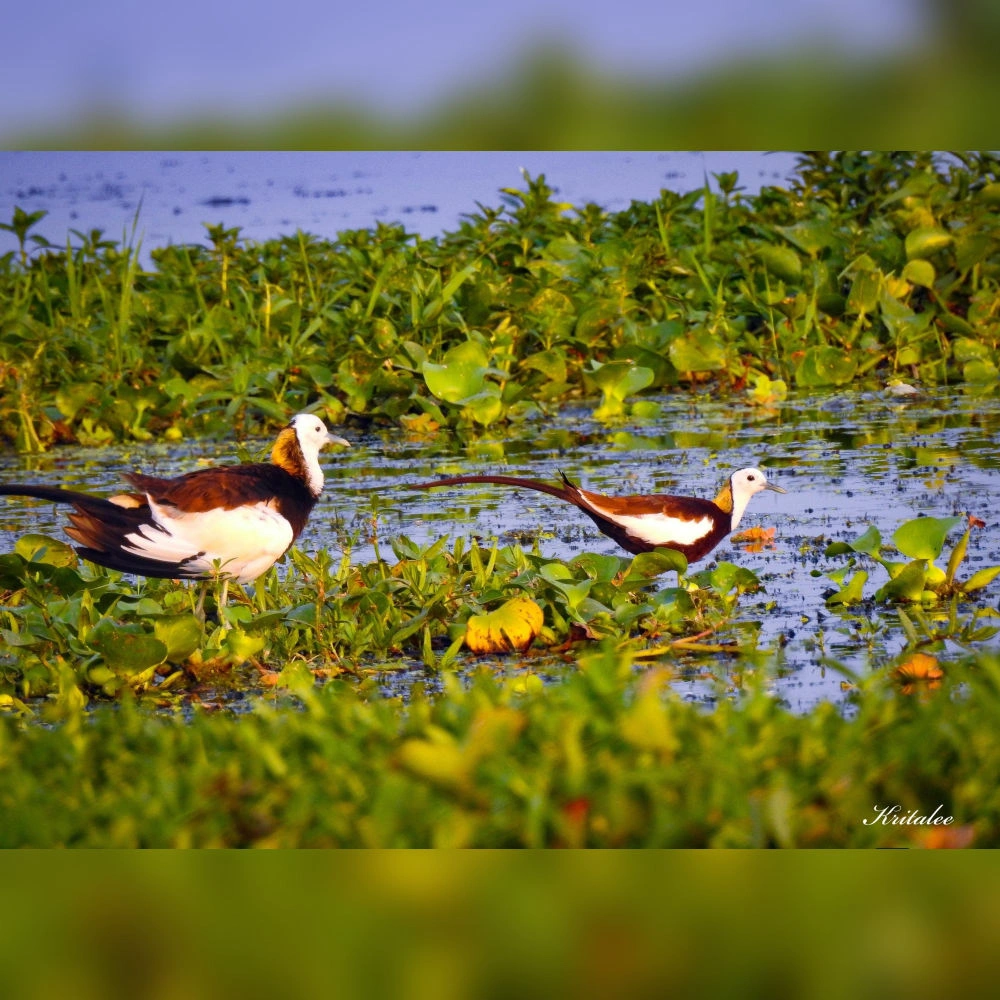
Pheasant-tailed Jacana
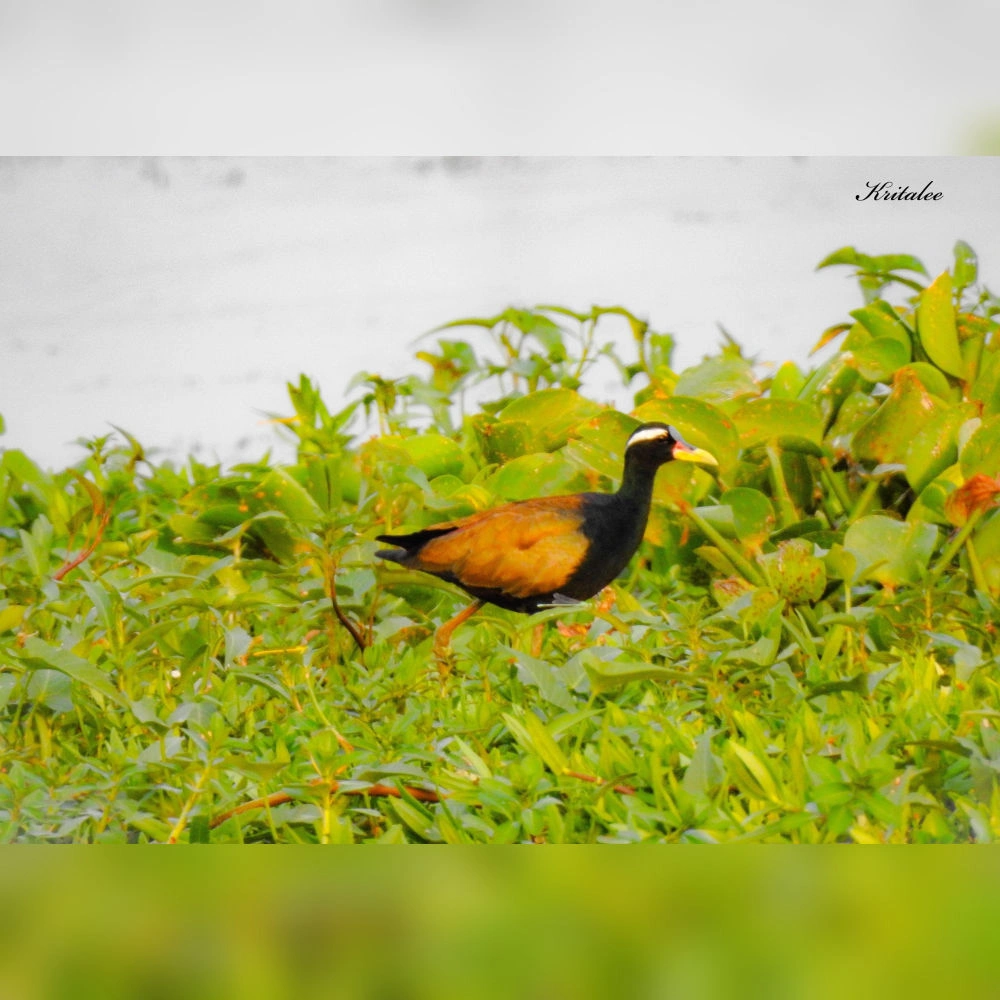
Bronze-winged Jacana
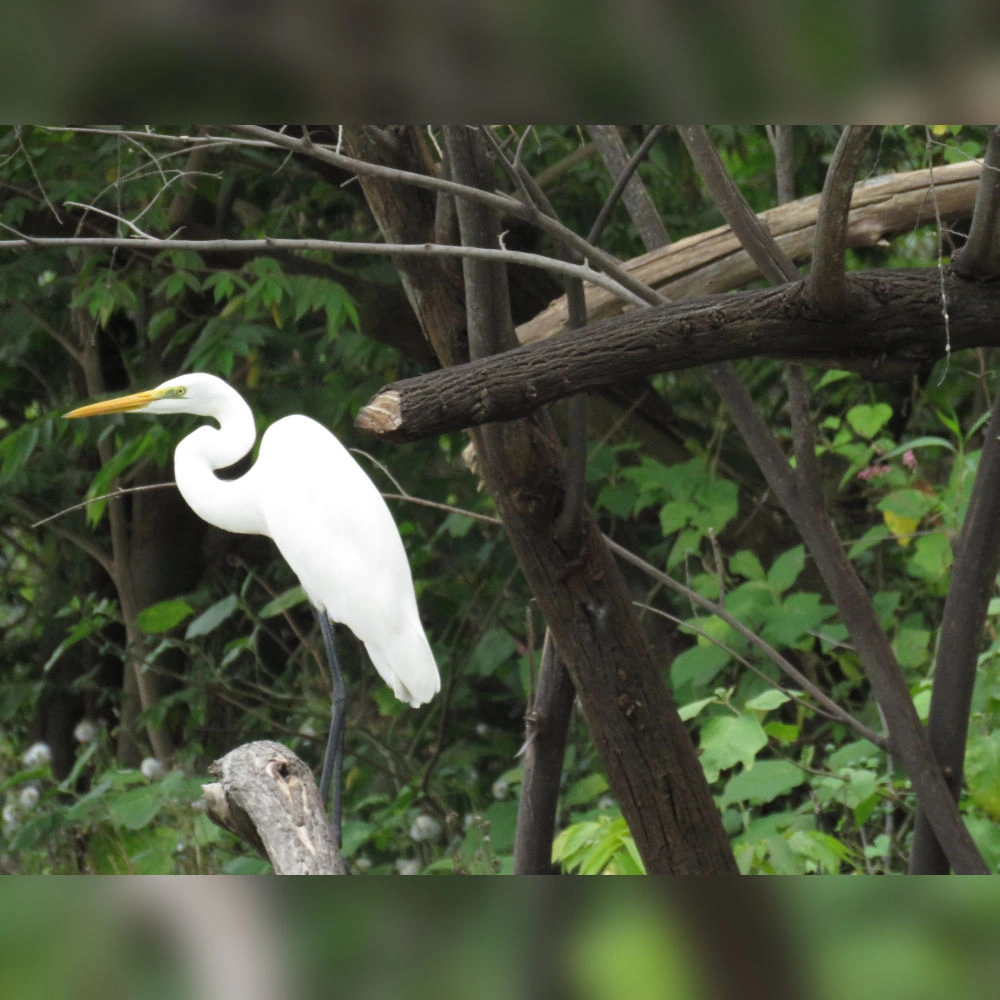
Great Egret
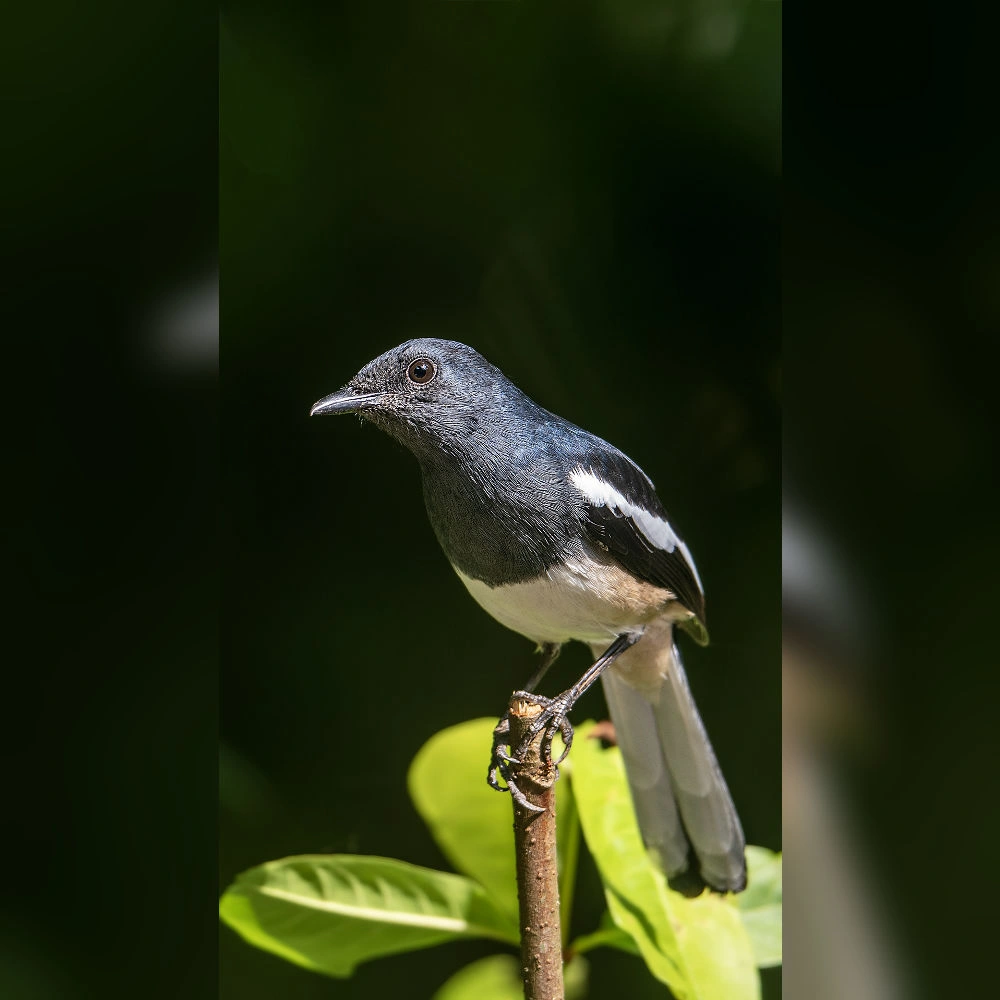
Oriental Magpie Robin
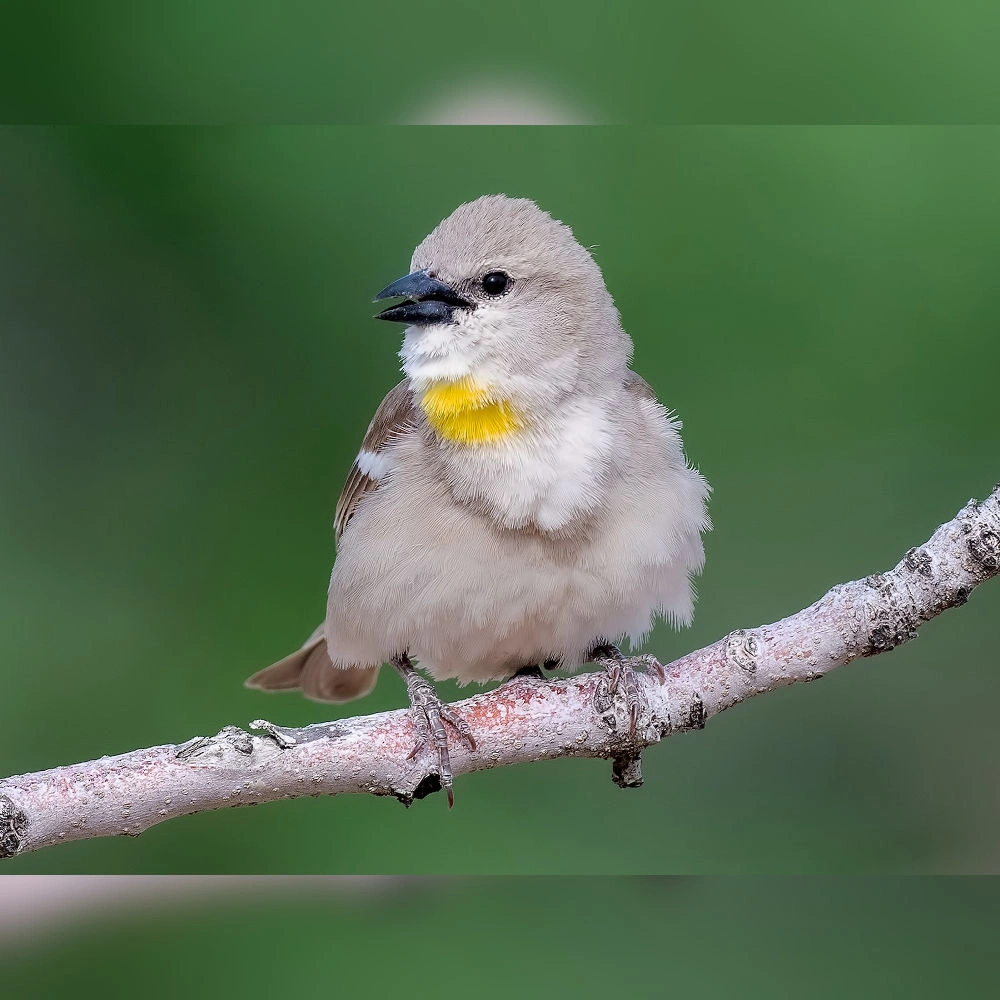
Yellow-throated Sparrow
Summary of Walk
The monsoon skies may have been heavy, but so was the excitement at the Bhoj Wetland bird walk in Bhopal, led by the enthusiastic Kritalee. What began as a rainy morning with low expectations of bird activity quickly transformed into a refreshing and unforgettable experience.
Despite the constant drizzle and occasional downpour, the spirit of the participants remained undampened. With umbrellas in one hand and binoculars in the other, they embraced the weather and rejoiced with every bird sighting. The rain-washed wetland came alive with surprises — from graceful Pied Kingfishers darting over the water to the majestic Grey and Purple Herons standing tall in the reeds.
The group recorded an impressive 25 bird species, including wetland regulars like Indian Cormorant, River Tern, Grey-headed Swamphen, Pheasant-tailed and Bronze-winged Jacanas, as well as woodland charmers such as Asian Green Bee-eater, Purple Sunbird, Red-vented Bulbul, Ashy Prinia, Greater Coucal, and the striking Indian Golden Oriole. The walk proved that birding isn’t just about clear skies — sometimes, it’s the rain that brings out nature’s true magic.
Number of Participants
0

